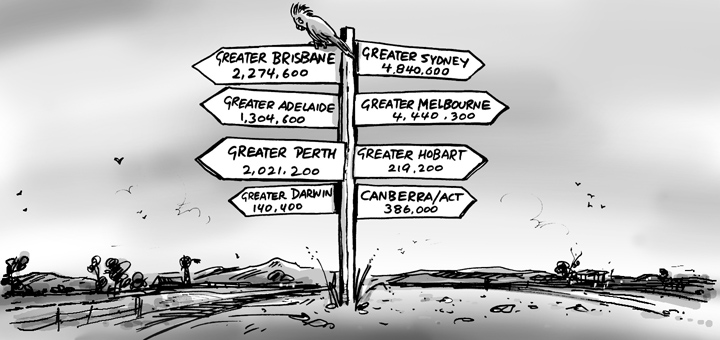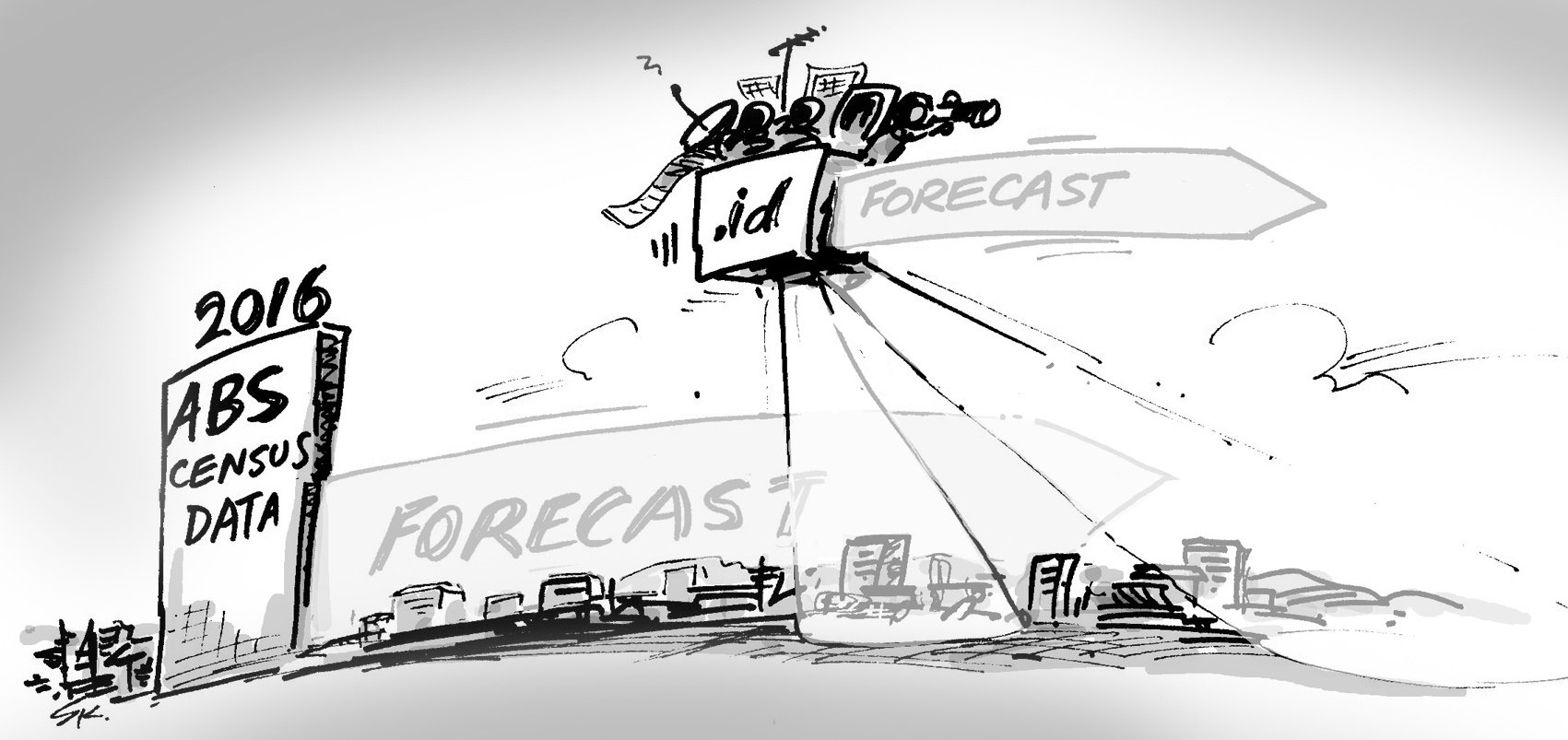When you’re dealing with Census data, SA1-level data is generally considered quite a granular view of the population. However, as SA1s are designed for the current population, they’re often not as useful when it comes to understanding the future population of growth areas. In today’s blog, we explain why we create our own detailed geography to show the forecast population in growth areas.
Watch: Our lead forecaster Johnny Barnard explains why we create our own forecast geography in growth areas.
How would you describe the state you live in? Would you describe your region differently? How about your neighborhood? In most cases, the more detailed your geographic frame of reference, the more nuanced you get in your understanding of a place.
Geography that helps us understand places as they are now
If you’re interested in what the latest Census data tells us about the people who live in a place (age, ethnicity, education, employment, etc), the ABS uses standard statistical geographies to give you this data at many levels of detail from all of Australia, right down to micro-geographic units called mesh blocks.
Statistical Area Level 1 (or SA1s) are designed by the ABS and generally, have a population of 200 to 800 people (as at the latest Census), giving you quite a granular view of the current characteristics of a place.
Geography that helps us understand the future of places
Our forecasters, however, are interested in what these places will look like in five, ten, or twenty years’ time. Some places may currently have very low-density populations (they may even be paddocks or bushland) but are forecast to be home to tens of thousands of people in the years to come. In these cases, a single SA1 can cover a huge area, and doesn’t give the required detail about the shape of the future population.
I was shown a great example of this phenomenon when I recently sat down with our population forecasters to write a review of our forecasts for the Ipswich region of South East Queensland. Ipswich is forecast to be the fastest-growing region of Queensland over the next 20 years, with much of this growth forecast to occur in two large growth fronts – Ripley and Springfield.
Looking at the example of Ripley, our lead forecaster, Johnny Barnard, showed how two neighbouring SA1s in a growth area have been broken down into 21 ‘small forecast areas’ for the purposes of publishing our population forecasts. As Johnny shows in the video below, a single SA1 is forecast to have over 40,000 people living there by 2041. If those people lived in that area today, the ABS would have to create around 100 new SA1s to show the distribution of this population across the area.

As part of our Ipswich forecast review, Johnny Barnard explains why we create our own forecast geography for growth areas.
How do we divide up these forecast areas?
Returning to the example of Ripley, the population is not forecast to grow in a uniform way across the area. Different parts of Ripley are forecast to develop at different rates throughout the forecast period.
While development isn’t the sole determinant of population change in a region, at the local level we use the availability of dwellings to determine how the forecast population is distributed within a region. This is why we conduct detailed research into the location, timing, and sequence of planned development in an area to provide detailed population forecasts (watch another of Johnny’s videos explaining that process here).
Our location decisions team publishes population forecasts for the fastest-changing parts of Australia, one region at a time. You can read our forecasters’ notes from our latest release for the Ipswich region of South East Queensland here. Our forecasts for the neighbouring region of Logan will be published in the coming weeks – subscribe here to be notified of that and future releases.
Also published on Medium.










